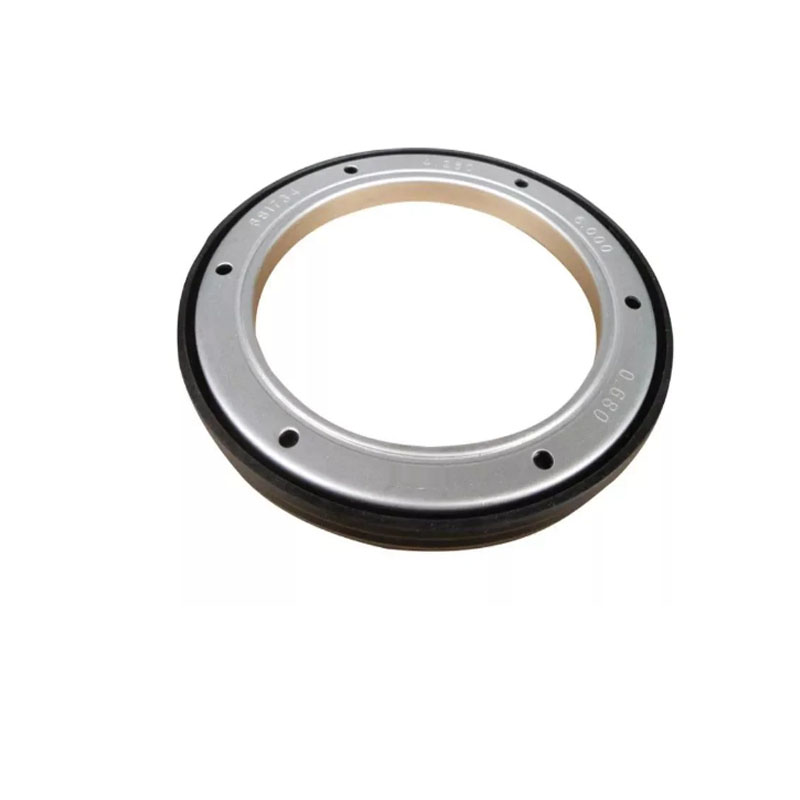din 3760 oil seal
Understanding DIN 3760 Oil Seals Specifications, Applications, and Advantages
Oil seals play a critical role in various mechanical systems, ensuring the integrity of machinery by preventing the leakage of lubricants. Among the many standards governing oil seals, the DIN 3760 standard is particularly noteworthy. This German standard focuses on the specifications and performance characteristics of oil seals, providing manufacturers and users with guidelines to ensure quality and reliability.
What is DIN 3760?
DIN 3760, established by the Deutsches Institut für Normung (DIN), specifies the dimensions, materials, and performance requirements for oil seals used in a variety of applications. This standard particularly addresses the design and functionality parameters of these seals, ensuring they meet the needs of different industrial sectors, including automotive, aerospace, and manufacturing.
An oil seal, in essence, is a device used to seal the space between rotating and non-rotating components. Its primary function is to contain lubricants within a system and prevent the ingress of contaminants. Given that oil seals are often subjected to extreme conditions such as high temperatures, pressure, and varied chemical environments, adhering to standards like DIN 3760 is essential for ensuring their effectiveness and longevity.
Specifications of DIN 3760 Oil Seals
DIN 3760 oil seals are characterized by several important specifications
1. Material Composition Typically, oil seals conforming to this standard are made from elastomers or thermoplastics. Common materials include nitrile rubber (NBR), fluoroelastomer (FKM), and silicone rubber, each chosen based on their resistance properties against oil and other chemicals typically found in lubricants.
2. Dimensions The standard outlines a range of dimensions for different types of oil seals. DIN 3760 provides a variety of sizes to accommodate various shaft diameters, ensuring a proper fit in machinery. The precision in dimensions is essential for maintaining pressure and preventing leaks.
3. Design Features The design of DIN 3760 oil seals may include features like a spring to enhance the sealing effect and a lip design that optimizes contact with the shaft surface. The compression and dynamic characteristics of the seal are also carefully defined to ensure efficient operation under specified conditions.
4. Performance Standards DIN 3760 also specifies performance criteria that oil seals must meet, including temperature ranges (typically from -30°C to 100°C, but some materials can withstand even higher temperatures), pressure resistance, and the ability to withstand various chemical exposures.
din 3760 oil seal

Applications of DIN 3760 Oil Seals
Due to their reliable sealing capabilities, DIN 3760 oil seals are widely used across various industries. They are commonly found in
- Automotive Applications In engines, transmissions, and differentials, oil seals are essential to prevent oil leakage, which can lead to engine failures and increased maintenance costs. - Industrial Machinery Equipment such as pumps, gearboxes, and compressors utilize oil seals to maintain lubricant containment, ensuring efficient operation and extending machinery lifespan. - Aerospace Engineering In this highly regulated industry, oil seals are crucial for maintaining the integrity of hydraulic systems and ensuring the safety of aircraft components.
Advantages of Using DIN 3760 Oil Seals
Choosing DIN 3760 oil seals offers numerous benefits
1. Reliability By adhering to a recognized standard, these oil seals provide assurance of their performance and effectiveness in meeting operational needs.
2. Durability With proper material selection and design, DIN 3760 oil seals can withstand harsh operating conditions, resulting in lower replacement costs and reduced downtime.
3. Versatility The wide range of sizes and materials available under the DIN 3760 standard allows for flexibility in application, accommodating various machines and operating environments.
4. Cost-Efficiency Although higher initial costs may be associated with high-quality seals, the long-term savings from reduced leaks, failures, and maintenance make them a cost-effective choice.
In conclusion, DIN 3760 oil seals are an indispensable component in many mechanical systems, ensuring effective sealing and lubrication management. By understanding their specifications, applications, and advantages, engineers and decision-makers can make informed choices that enhance the performance and reliability of their machinery. Adopting DIN 3760 standards not only promotes quality but also fosters a safe and efficient operational environment across industries.
-
High-Quality Seal 12x22x5 for Industrial & Automotive Use | YJM Seal
News Nov.25,2025
-
Seal 12x20x5: Precision Radial Shaft Seals for Industrial Reliability
News Nov.24,2025
-
Seal 12x18x5: Essential Guide to Specifications, Applications & Vendors
News Nov.24,2025
-
Understanding Seal 12 20 5: Applications, Specifications & Industry Insights
News Nov.23,2025
-
Durable Oil Seal 85x110x12 – Reliable Sealing Solutions for Industry
News Nov.23,2025
-
Durable and Precise Oil Seal 75x95x10 for Efficient Machinery | YJM Seal
News Nov.22,2025
-
Durable Oil Seal 75x100x10 for Reliable Industrial Performance | YJM Seal
News Nov.22,2025
Products categories















